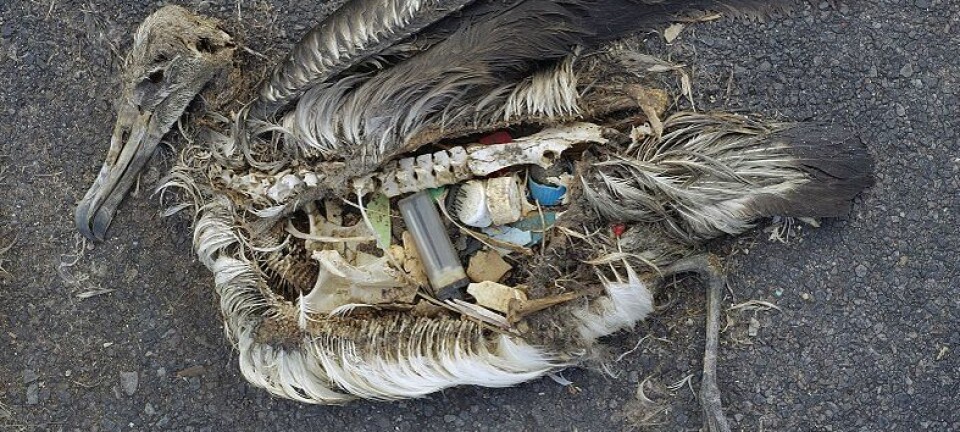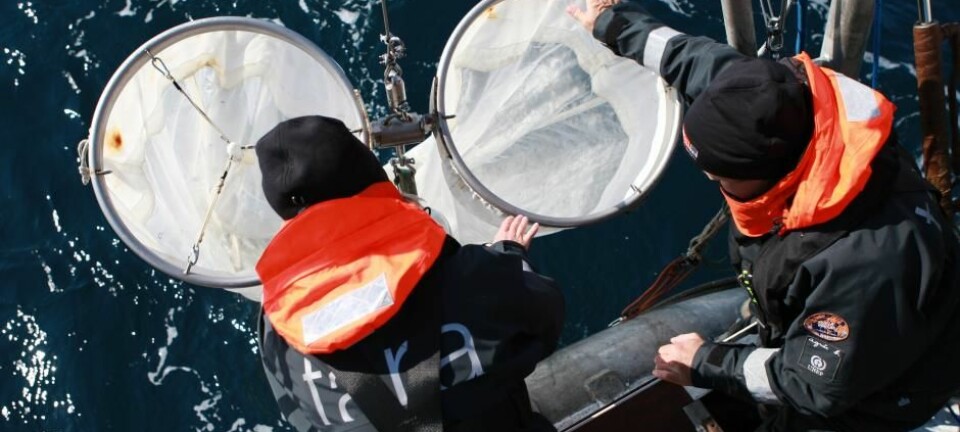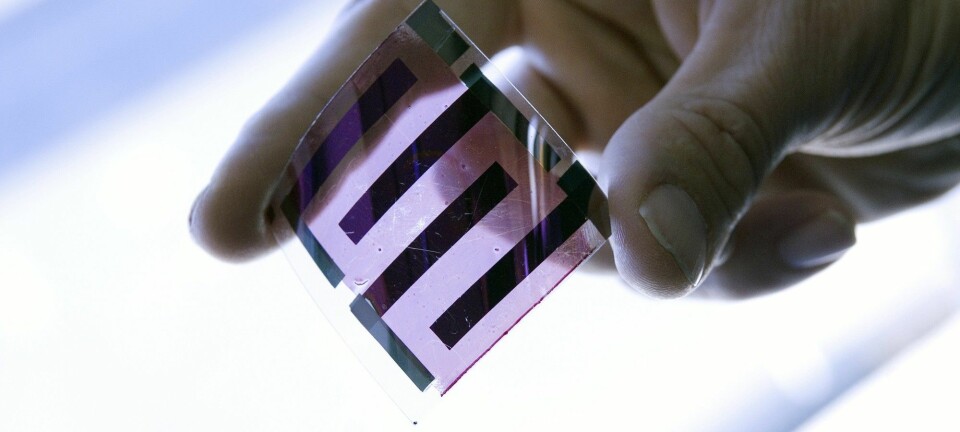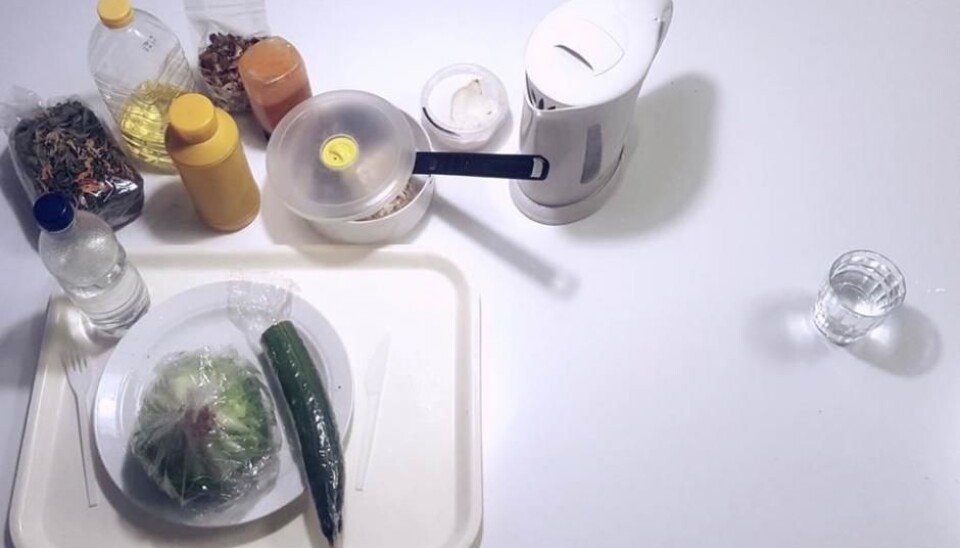
Focusing on microplastic in honey or beer masks a much bigger problem
OPINION: General exposure to plastic and microplastics is a bigger concern.
In recent years microplastics have been found in everything from honey to beer and drinking water.
WHO have now launched a review into microplastics, following dramatic headlines that have caused uproar among the public and politicians.
Perhaps rightly so, since nobody wants to ingest plastic waste though food and drink products.
But these studies and the subsequent debate only focuses on individual cases and so miss the true magnitude of the debate.
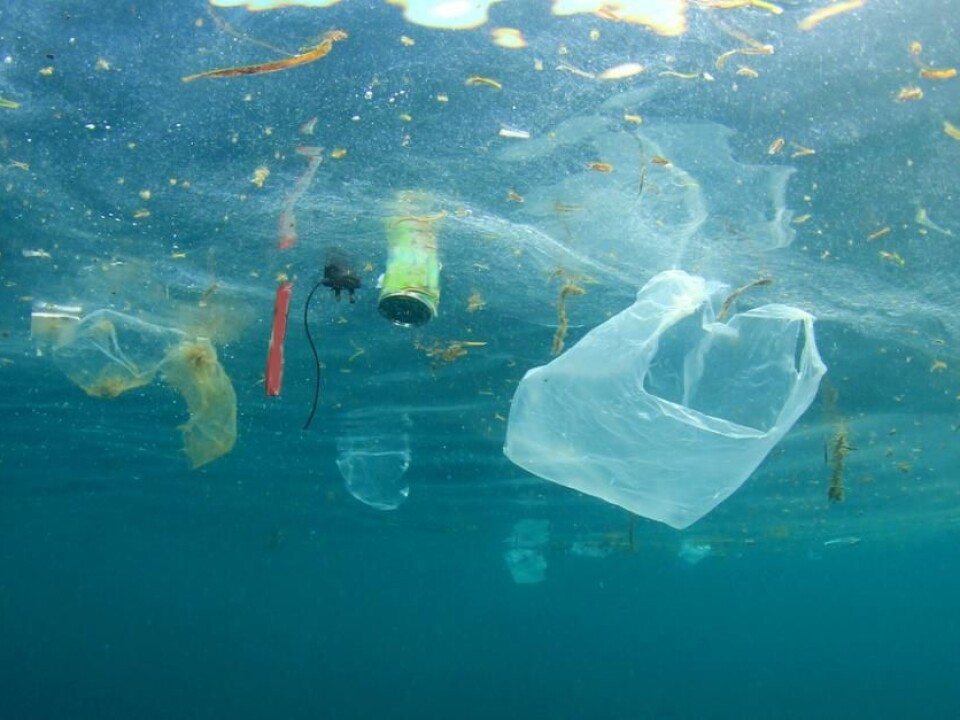
Here, I will try to put these single discoveries into a broader perspective, following a study by my colleagues and I, published in the scientific journal Science of the Total Environment.
If we solely focus on isolated incidences of microplastics, we risk overlooking the potentially much larger problem: Our total consumption of – and exposure to - plastics.
Read More: Plastic waste from Europe and USA ends up in the Arctic
Analysis methods must be checked
Through my work studying microplastics at the Technical University of Denmark, I’m in no doubt that plastics and microplastics are a real problem for society. Microplastics are everywhere in our daily lives.
For this reason alone, it is important that we take a critical look at the analytical methods used to identify microplastics in the environment, food, and drink.
Finding errors and deficiencies in these methods allows us to improve our analytical tools and ensure that we don’t overlook anything, which might otherwise give a wrong impression of the extent of the problem.
Read More: Seabirds are contaminated more by food than microplastics
Isolated discoveries are not good methodology
Let’s look more closely at the three studies I mentioned earlier that reportedly found microplastics in honey, beer, and drinking water.
After they were published, questions were raised about the validity of their results.
Critics suggested that the samples could have been contaminated during the analyses, and that the studies used analytical method that could not reliably differentiate between plastic and natural materials, such as cellulose and inorganic materials.
Another study carried out in Switzerland last year found no signs of significant amounts of microplastics in honey samples. This study combined visual investigations of the samples under the microscope with advanced chemical characterisation.
They discovered both particles and fibres from natural materials such as soot, cellulose, and chitin. They also found some synthetic fibres, which could originate from textile fabric. Such precise information on the type of material could not be identified with light microscopy as used in the original study.
The scientists behind the original honey study did not use the most suitable analytical methods, which in addition to the Swiss study, are good grounds to doubt the earlier results.
The two other studies of microplastics in beer and drinking water have received similar critique.
Read More: Plastic solar cells see the light of day
Background contamination is difficult to avoid
As scientists, we have become more and more aware of these analytical and methodological difficulties as potential sources of error in recent years: Both by preventing the sample from being exposed to contamination and by using appropriate analytical methods.
So we avoid wearing synthetic materials when analyzing microplastics in the laboratory, and prevent the samples from being exposed to the air—keeping samples covered and working in clean areas.
But even when we are very careful, it is impossible to avoid a certain amount of background contamination.
It was these type of contamination issues that got us thinking about the microplastic debate. In this context, should we be concerned about the five piece of microplastics that may or may not be found in a glass of drinking water or the 15 particles that float into the glass from the air?
Read More: Plant-based packaging could reduce food waste
What we do (not) know about plastics and our health
When microplastics are discovered in foodstuffs or drinking water, the first question we are asked is: Are they harmful for people?
The truth is that we do not actually know what effect these small particles have on our health.
We do know, however, that plastics contain chemicals like Bisphenol A and phthalates, which can have harmful impacts for example in the form of endocrine disrupting effects.
But we are exposed to these chemicals through contact with larger plastics such as packaging as well as microplastics.
So the problem is that the debate on microplastics lacks perspective. Instead of asking whether it is dangerous to eat mussels that contain microplastics, we should see mussels as one of many sources of microplastic exposure and plastics as a whole.
Read More: Microplastics in the earth: A reason to worry?
Microplastics in seafood are a drop in the ocean
We have compared the amount of Bisphenol A that one person would consume in a year eating microplastic-containing mussels with other sources of exposure.
Our calculations show that the general background exposure to Bisphenol A through food products and packaging, for example, is 40 million times higher than by eating mussels.
In other words, the Bisphenol A exposure from eating mussels is utterly insignificant compared to exposure from other sources.
This is not to say that we should stop investigating microplastics in the environment, animals, food, and drink.
As I say, our knowledge of the effects of microplastics on animals and people is limited. So, these types of studies are useful and provide important information on the collective microplastic exposure, both in terms of the type and size of microplastics.
But we hope that future studies will focus more on the development of reliable methods for sample preparation and analysis to avoid misleading results and gain a clearer picture.
Read More: Thousands of plastic pieces are floating towards the Arctic
Let’s discus plastics as a whole instead of isolated occurances
We live in a society surrounded by plastic. It is an important material that helps us to tackle a number of problems. For example, in producing lighter airplanes and cars, which reduce fuel consumption and CO2 emissions.
Plastics can also have positive effects for human health. Application of biocompatible plastic materials in medical technology has helped save lives and improve the quality of life for many in the form of pacemakers and artificial hips.
But these plastics and microplastics can also be harmful for the environment when they are not applied or disposed of in a sustainable way.
Instead of focusing on individual discoveries of microplastic in isolated food and drinks, we hope that our study helps lift the debate on plastics to a broader level and discus our increased use of plastic and microplastic.
Let’s discuss how and when we should use various types of plastic materials. Let’s discuss our use of plastic as a society and not get bogged down in isolated incidences.
---------------
Read this article in Danish at ForskerZonen, part of Videnskab.dk
Translated by: Catherine Jex

